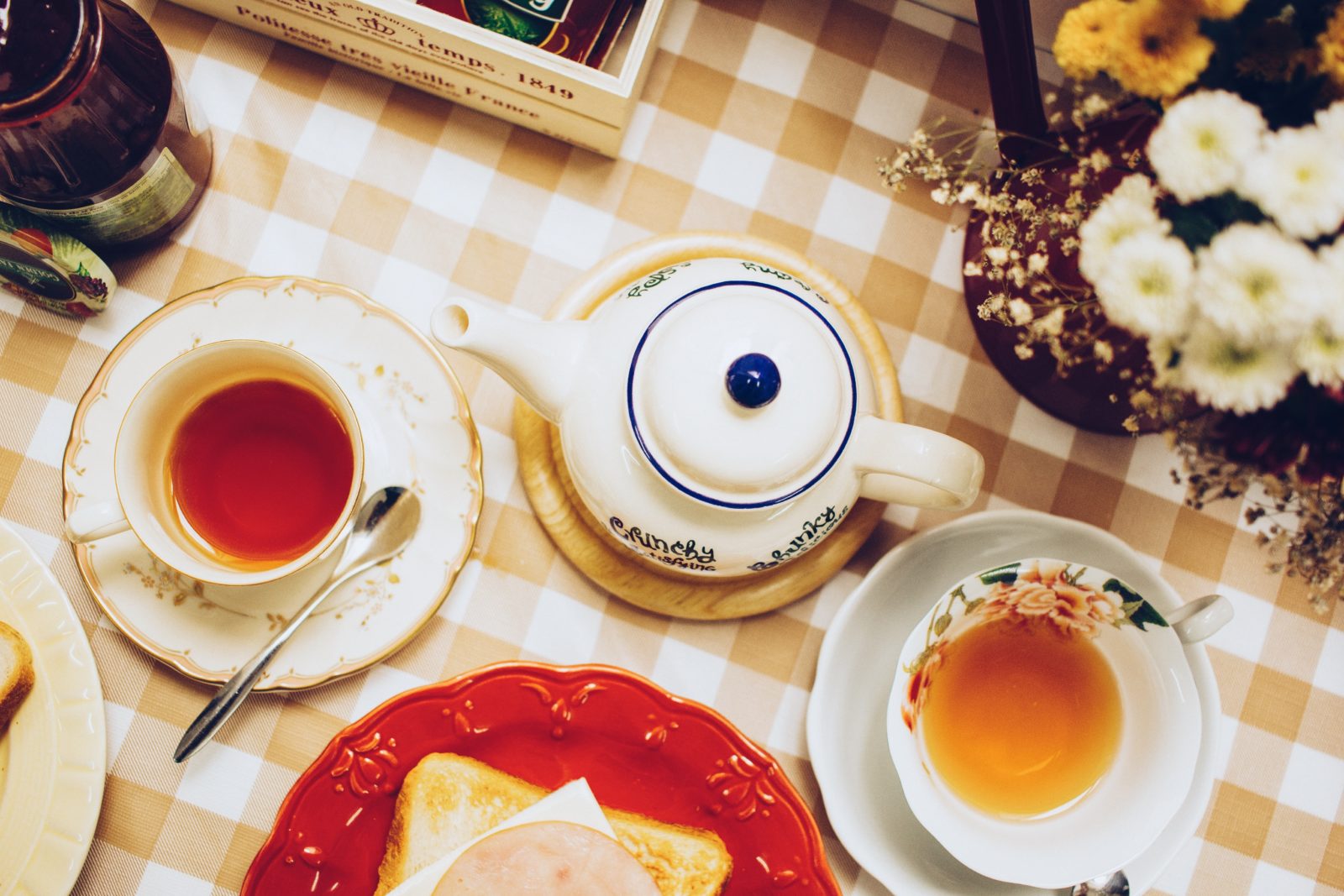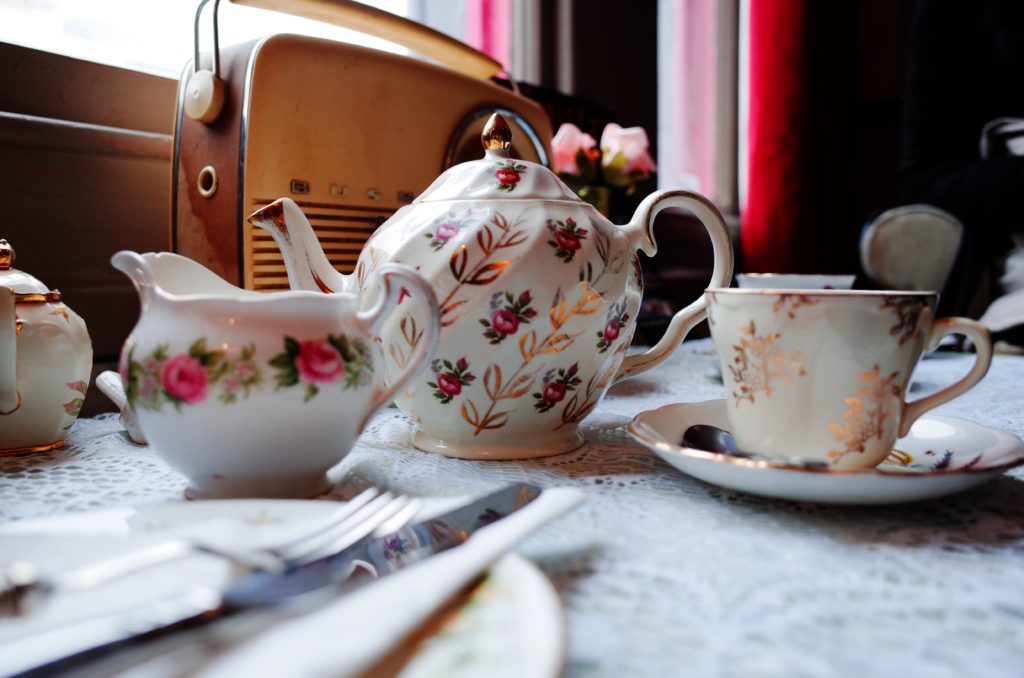
We know you already love tea. But chances are, most of your relatives and friends also drink the most popular beverage in the world.
The United States is the third-largest importer of tea in the world, behind Russia and Pakistan (we at Ku Cha are happy to contribute to importing tea into the US!). Four in five American consumers drink tea, and tea-sipping is highest among Millennials, at 87 percent.
In fact, every day at least half of all Americans drink tea.
And nearly 85 percent of that tea is black, most of it in the form of iced tea.
We applaud our country’s love for black tea.
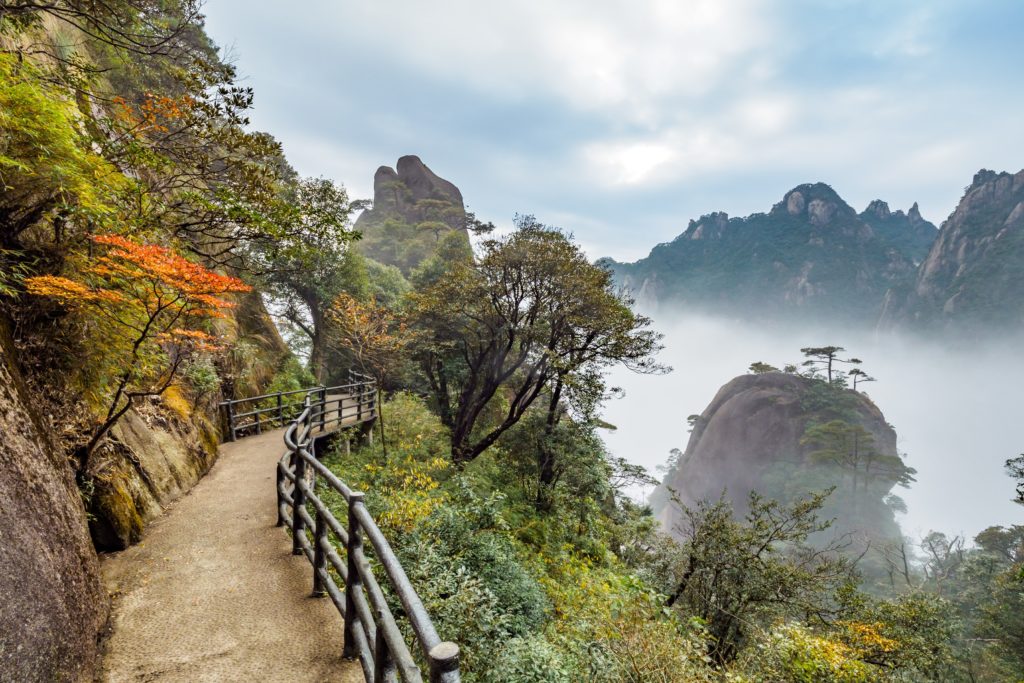
Black tea arrives
But we think it’s time to explore the glories of black tea far beyond those bags sold in big boxes at supermarkets. Most of that tea is inferior. Black tea, however, can be exquisite.
Tea is an ancient beverage, dating back as far as 5,000 years in China. For thousands of years, all of the tea that people sipped was green tea — just fresh-picked leaves dunked in hot water.
Oolong tea, which is lightly oxidized tea, came along thousands of years later, probably sometime during the 14th century in China’s WuYi Mountains in Fujian Province.
It wasn’t until the middle of the 17th century that what today is widely referred to as black tea was discovered. Black tea is the most oxidized of teas, meaning the raw, harvested leaves spend more time exposed to oxygen than other styles before being roasted.
Black tea’s big advantage? It was sturdy and held its flavor for longer than more delicate green, white and oolong teas, and as a result became sought-after by merchants interested in shipping the tea to other countries.
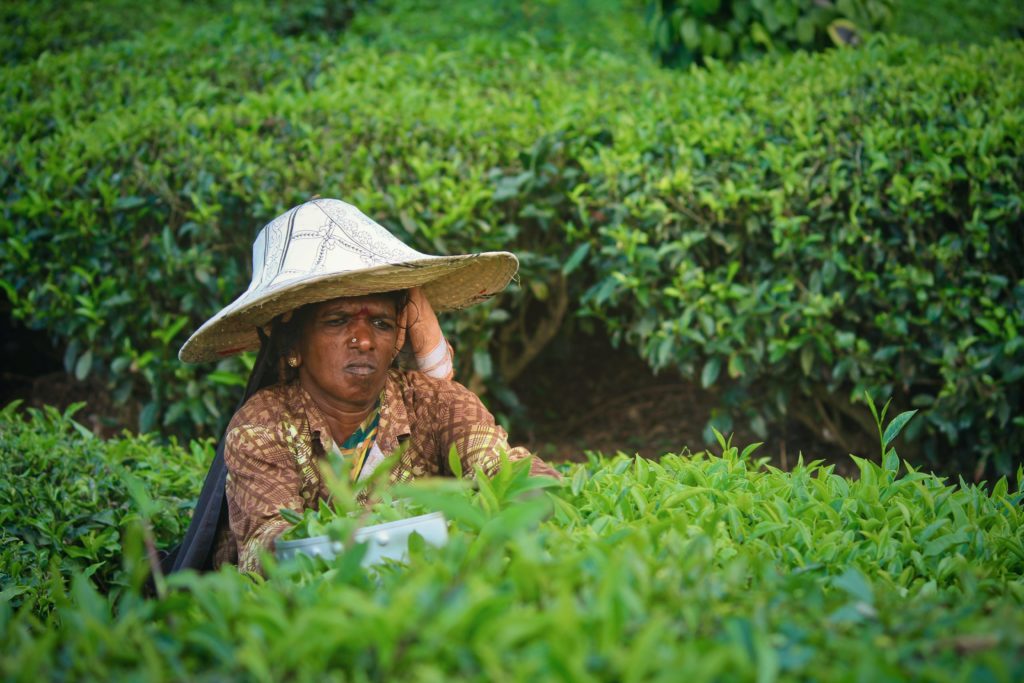
Colonists find new tea in Assam
Black tea’s big leap, the discovery that gave it lasting purchase in markets worldwide, happened in 1823 when tea merchants discovered the Camellia sinensis assamica tea plant in the Assam region of India. The variety, with larger leaves than standard Camellia sinensis, was well-suited for crafting bold black teas that had become especially popular in England. Soon after, English colonists began planting tea gardens in India’s Darjeeling region.
It didn’t take long for black tea to become the standard in the United Kingdom, the United States and other countries around the world.
We champion all good tea at Ku Cha, and carry an enormous variety of premium black teas.
Just as “red wine” is much more complicated than the blanket description — after all, there are big differences between Gamays, Tempranillos, Cabernet Sauvignons and Aglianicos — so are “black teas” wildly diverse and interesting.

Assam Superior, from the Meleng Estate
This is where Brits discovered tea in India, and named the variety, Camellia sinensis assamica, after the region where it was discovered — Assam, in northeastern India bordering Bhutan. Tropical and lush Assam is known for wildlife, archeological sites and tea plantations.
Famous black teas like Irish Breakfast make abundant use of assams. In fact, the region became known for mass-produced, more commercial teas until fairly recently.
The region still produces enormous amounts of tea meant for mass-market brands. But it also cultivates more artisanal styles. And we carry a few of them.
We source our Assam Superior from the Meleng Estate, the oldest plantation in the region. Teas from the estate, which borders the Brahmaputra River, routinely win awards from the Tea Board of India.
Our Assam Superior brews a bright amber liquor with rich, smooth and sophisticated flavors complemented by fruity and chocolaty aromas. Like all classic Assams, it offers distinct maltiness, but ours also is a touch sweeter than most, with pronounced depth. This is a dream of a tea for any black tea aficionado.
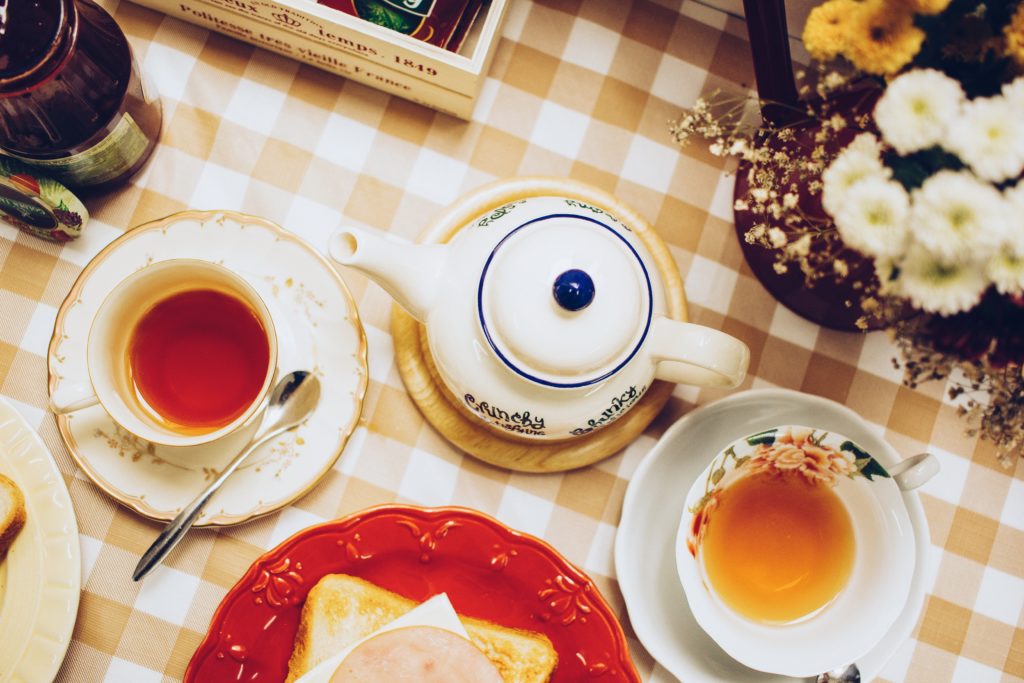
Darjeeling 1st Flush, from Makabari Estate, India
Due west of India’s Assam region, in Darjeeling, British colonists in the 1860s planted traditional Cammelia sinensis and it thrived. Today, the classic tea variety blankets Darjeelings hills and mountains, rather than the more broad-leafed and native tea shrubs that farmers raise in Assam.
Our Darjeeling 1st Flush comes the Makabari Estate, founded in 1859. It is one of the oldest tea gardens in Darjeeling, and the only one in the region owned by an Indian family since it began.
Tea here grows at 4,900 feet, across six ridges. Our special Darjeeling 1st Flush is handpicked during the first flush season, from late February until early April. At the time of harvest, tea beds are well-rolled and elongated.
The tea is honey-toned and full-bodied, renowned for flavors suggestive of ripe fruit (especially muscat grapes).
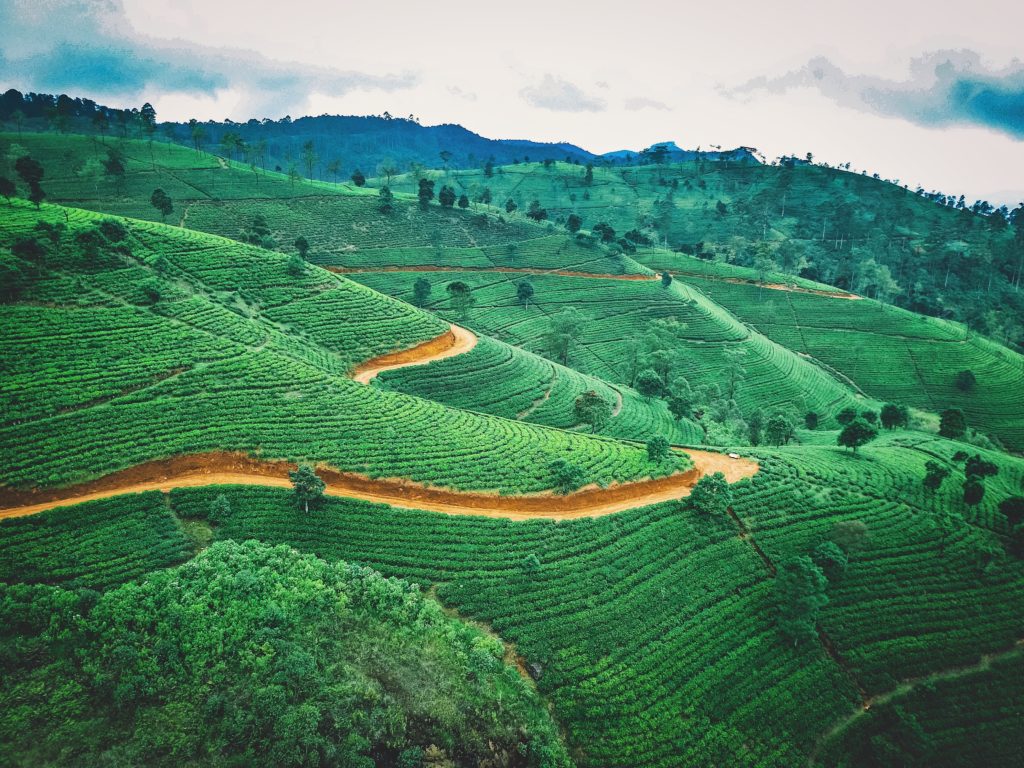
Ceylon from Vithanakande Estate, Sri Lanka
Just as Brits planted traditional Camellia sinensis plants in Darjeeling and began the tea industry there, so did they bring plants to what is now called Sri Lanka (in 1972 the republic of Ceylon changed its name to Sri Lanka) in the 19th century.
Farmers grow tea across six regions, rising from sea level plantations to close to 6,000 feet in elevation.
We source our Ceylon tea from the historic Vithanakande Estate. The estate, at the top of a hill with views over the vast Sinharaja rain forest, dwells at the center of Sri Lanka’s low-growing region. It produces especially delicate tea leaves, small with fine tips, that brew rich, aromatic cups with chocolaty notes and a lingering, sweet aftertaste. It is famously smooth and silky.
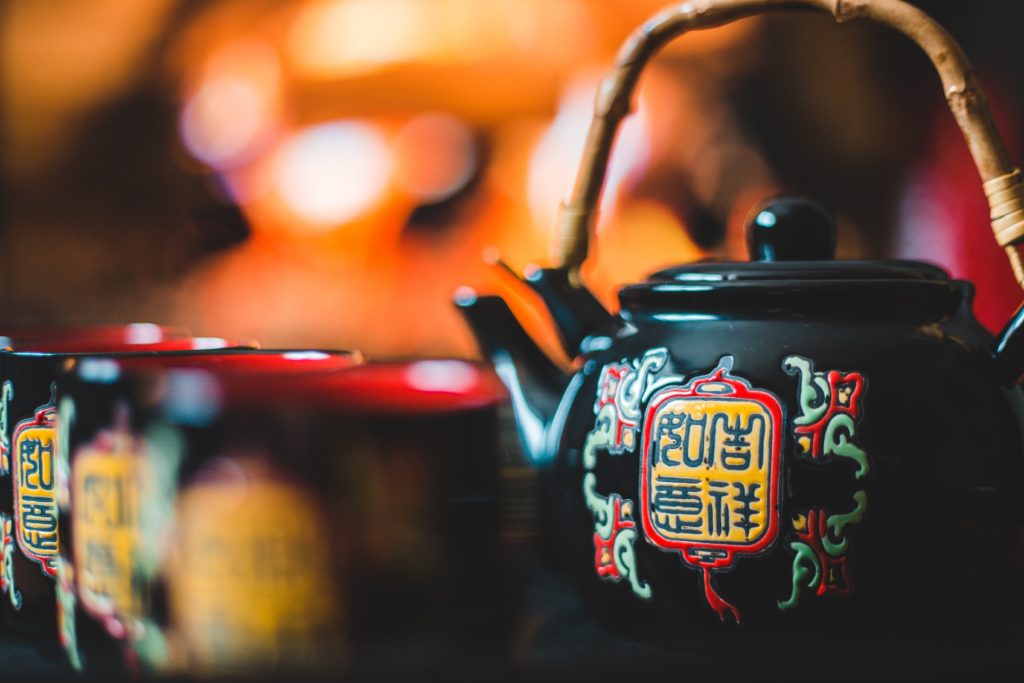
Keemun Ho Ya, Anhui Province, China
China’s Anhui Province, a landlocked region near the city of Shanghai and the East China Sea, is famous for the Huangshan Mountains. Painters and photographers for generations have traveled to Anhui to capture the gorgeous clouds, granite rocks and cliffs and twisted pines that characterize Anhui.
Tea enthusiasts, too, look to Anhui for some of the finest black teas in the world. Among other things, people believe the high elevations of Anhui’s tea plantations help shape its lovely flavors.
Keemun is a kind of black tea grown and crafted in Anhui with several different styles. Ho Ya, which means “tiny bud” in Chinese, is a kind of Keemun that involves young and slim tea sprouts that are twisted and rolled. The tea is smooth and bright, with a rich and lingering finish.
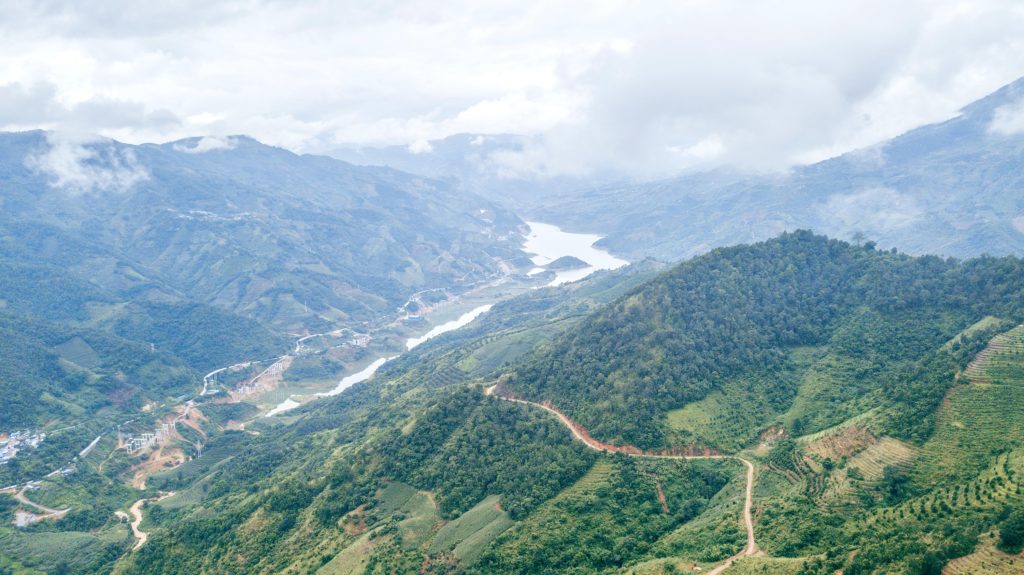
Yunnan Gold, China
China’s Yunnan Province, the birthplace of tea, is especially well-known for the fermented tea pu-erh. But the region also produces exceptional black teas, including Yunnan Gold.
Lucky for you, the “gold” doesn’t refer to the price per ounce. Instead, it reflects the tea’s soft, golden leaves and tips. Our Yunnan Gold, made from only the tender tips of tea leaves from FengQing County, is bright, rich and naturally sweet, with honey and fruit notes.
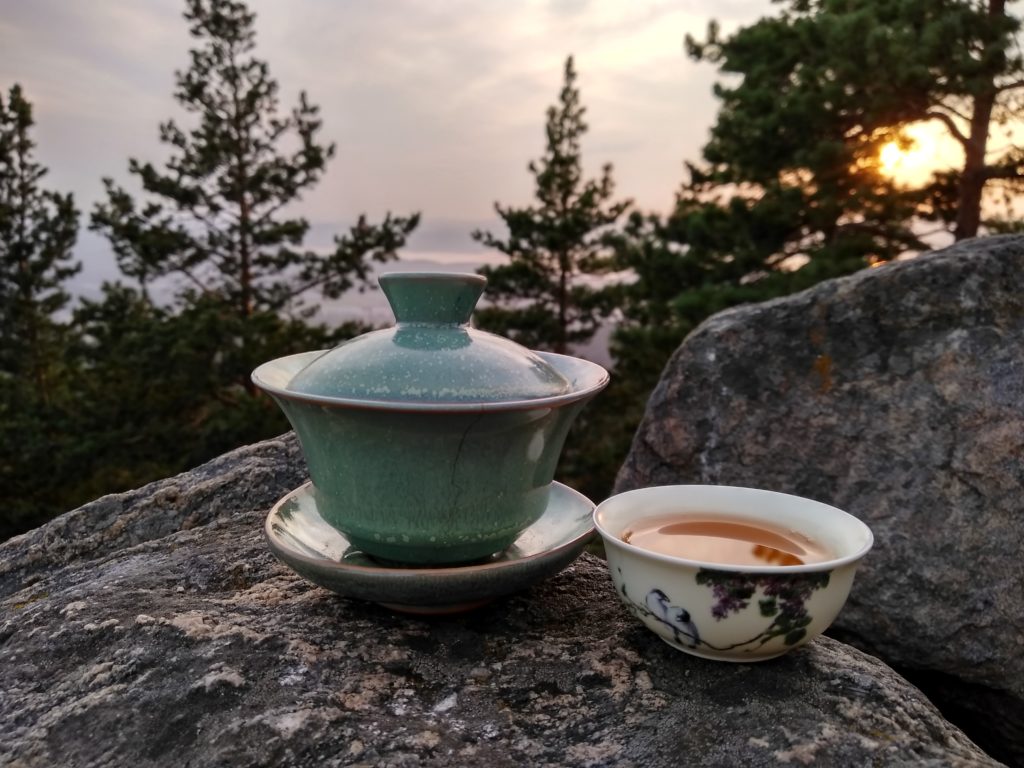
Golden Eyebrow, Fujian Province
Lovers of black tea go crazy for Golden Eyebrow, one of the highest-quality black teas in the world. The Fujian Province, in southern China just across the China Sea from Taiwan, produces a bounty of fine teas, including Golden Eyebrow, Silver Needle, Tie Guan Yin and Rou Gui — we carry them all.
We don’t pick favorites from Fujian, as they all are different and excellent. But we do adore Golden Eyebrow with quite a bit of gusto. To craft the tea, artisans in Fujian harvest small leaves during early spring harvests. They then roll the tender leaves into long, slender, golden shapes that look like eyebrows.
Golden Eyebrow is extremely smooth and rich, with a lingering, honey-like finish. Every sip of this special tea is meant to be savored — it is tea treasure.

